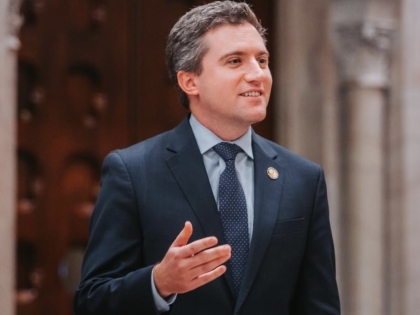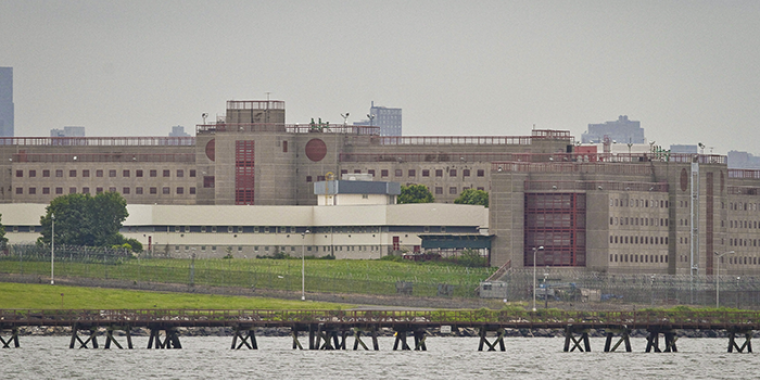
Prison Politics

Closing an additional five prisons without a plan for the host communities is creating worries among Democratic state lawmakers.
New York has shuttered 24 prisons over the last decade as the overall corrections population has declined. But the vacant facilities dotted across largely rural areas of New York have been mostly left to rot.
“There’s no property tax revenue coming in,” state Sen. James Skoufis told Playbook. “It’s a blight on the community. Obviously there are no jobs there.”
Skoufis is fretting over the potential closure of Otisville Correctional Facility in the Catskills; the facility is the largest municipal water customer for the nearby village. A list of potential prison closures has not been made public.
“Everyone else’s water bill in this tiny village would increase not by hundreds, but thousands of dollars annually if it closes,” Skoufis said.
A plan to close at least five prisons was included in Hochul’s budget plan. The movement to close the facilities began under her predecessor, former Gov. Andrew Cuomo, who both saved money and won plaudits from advocates for reforming the criminal justice system.
So lawmakers are trying to figure out how to encourage development at the former prisons. A tax credit to encourage developers to build at the sites has gone unused.
In the Senate, Democratic lawmakers want to double the amount of time that elapses between when a prison is formally notified for closure and when it shuts down from 90 days to 180.
But there are also discussions over how to cushion the blow for communities. The unused tax credit for developing the former prisons is being eyed for an overhaul as are other programs meant to spur building at the sites.
“Prisons should not be a jobs program, but the reality is in a lot of localities, the prison is maybe the largest employer,” Senate Corrections Chair Julia Salazar said.
There needs to be “a more comprehensive plan beyond this to include workforce development, economic development in communities that are relying too much on prisons,” she said.
Still, Democratic lawmakers also expect a prison closure plan to be approved in some form once the budget, due April 1, is completed. It’s not clear how much money would ultimately be saved.